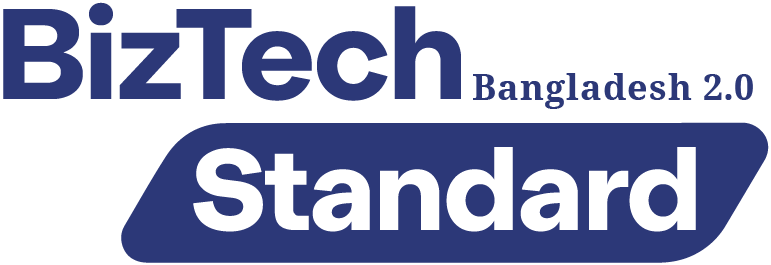| বাংলায় পড়ুন | Researchers and Reporters: Shama Sultana Ayesha Maria |
Keeping employees engaged and fostering a healthy work environment are two of the largest difficulties facing HR departments, per a new report. For HR departments, these two factors have been and will remain crucial.
Organizations adopt a range of strategies to maintain employee engagement, enhance the work environment, and expand their business. Benefits, opportunities for professional growth, and employee appreciation are a few examples. Employee appreciation enables departments and coworkers in the same company to express gratitude to one another.
According to a study, employees are almost three times more engaged at work when they feel appreciated for their contributions. Additionally, companies with a formal employee appreciation program have a 12 times greater business success rate and a 31% lower turnover rate.
The significance of employee motivation through acknowledgment
Businesses are searching for methods that can inspire and keep workers. In this sense, gratitude-based cultures boost employee loyalty, productivity, and morale, making recognition programs an effective tool.
These activities are strategically crucial as companies attempt to adjust to the post-pandemic climate. They can help restore a work atmosphere where people feel appreciated and inspired to succeed.

Boosting productivity and inspiration through employee recognition. | Photo collected.
Recognition Programs’ Strategic Significance
Recognition programs are extremely valuable in today’s competitive and unstable economic environment. These programs are more than just acknowledgment.
In a poll conducted by Achievers and HR Connect, over half of participants named employee retention as one of their top three workforce strategy objectives. The strategic function that recognition programs serve in boosting organizational resilience is highlighted by this research.
Establishing an Appreciative Culture
The development of an appreciative culture inside organizations is mostly the responsibility of human resources departments. 71% of HR leaders admitted to their role in creating recognition programs, which are crucial in creating a positive work environment, according to a poll conducted by Achievers and HR Connect.
“You might make sure that your employees are feeling a strong sense of belonging in your company when they feel known, supported, included, connected, and welcomed.”

The impact of building a culture of gratitude in the workplace through employee recognition. | Photo collected.
Different Strategies for Employee Appreciation
Different business cultures and employee preferences are catered for in employee recognition scenarios. Just 25% of respondents to the Achievers and HR Connect poll said they regularly execute structured formal recognition programs, even though some firms prefer informal, ad hoc recognition methods.
The conventional method of providing financial incentives is reflected in the choice made by 22% of respondents: financial recognition. However, only 15% of organizations use social recognition, which enables employees to routinely acknowledge their coworkers’ efforts, according to the report.
Encouraging consistent use
The effectiveness of recognition programs depends on ensuring that employees regularly utilize and support them. Organizations must spend money on efficient communications campaigns that support recognition and reward programs and connect them to high-stakes procedures like performance monitoring if they want to guarantee that staff members regularly utilize them.
Linking Performance Management in Recognition
It is possible to increase the visibility and impact of recognition programs by integrating them with performance management procedures. This method can strengthen positive actions and accomplishments.
Managers’ Responsibilities in Enabling Recognition
The effectiveness of recognition programs is greatly dependent on managers. Employees should receive training on how to properly recognize and reward them, making sure that the acknowledgment is just and significant. In order to make acknowledgment a natural part of their management style, managers should be encouraged to include it in their regular encounters with staff.

The crucial role of managers in implementing employee recognition. | Photo collected.
Recognizing employees boosts their motivation and job happiness
Employee motivation and job satisfaction are greatly impacted by acknowledgment. The tremendous influence of mentality is at the center of this process. Maslow’s hierarchy of requirements, for illustration, states that people are motivated when a variety of wants are met. Physiological requirements like food and drink are the most fundamental, but higher-level wants like self-worth, love, belonging, and esteem are also important. Respect, self-worth, dignity, acknowledgment, and a sense of belonging are just a few of the demands that are directly met by employee appreciation.
Reinforcement theory, a psychological concept, also asserts that actions that follow a favorable reaction or outcome are more likely to be repeated. Encouraging people to put in more effort and perform better at work is achieved by rewarding and acknowledging positive behaviors.
A strong instrument for boosting motivation, job happiness, and engagement, employee recognition is in line with psychological concepts and fundamental human needs. A healthy work environment where people feel appreciated and inspired to perform at their highest level is fostered by organizations that place a high priority on employee recognition.



























Comments